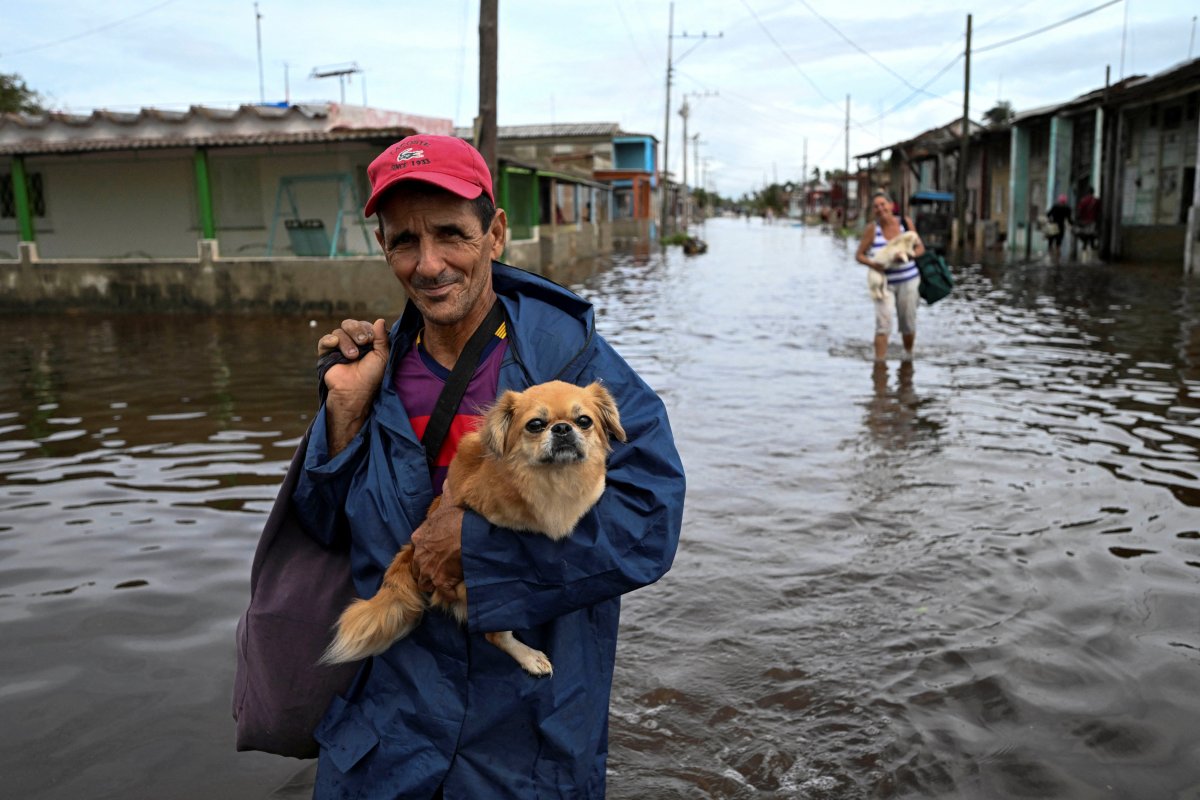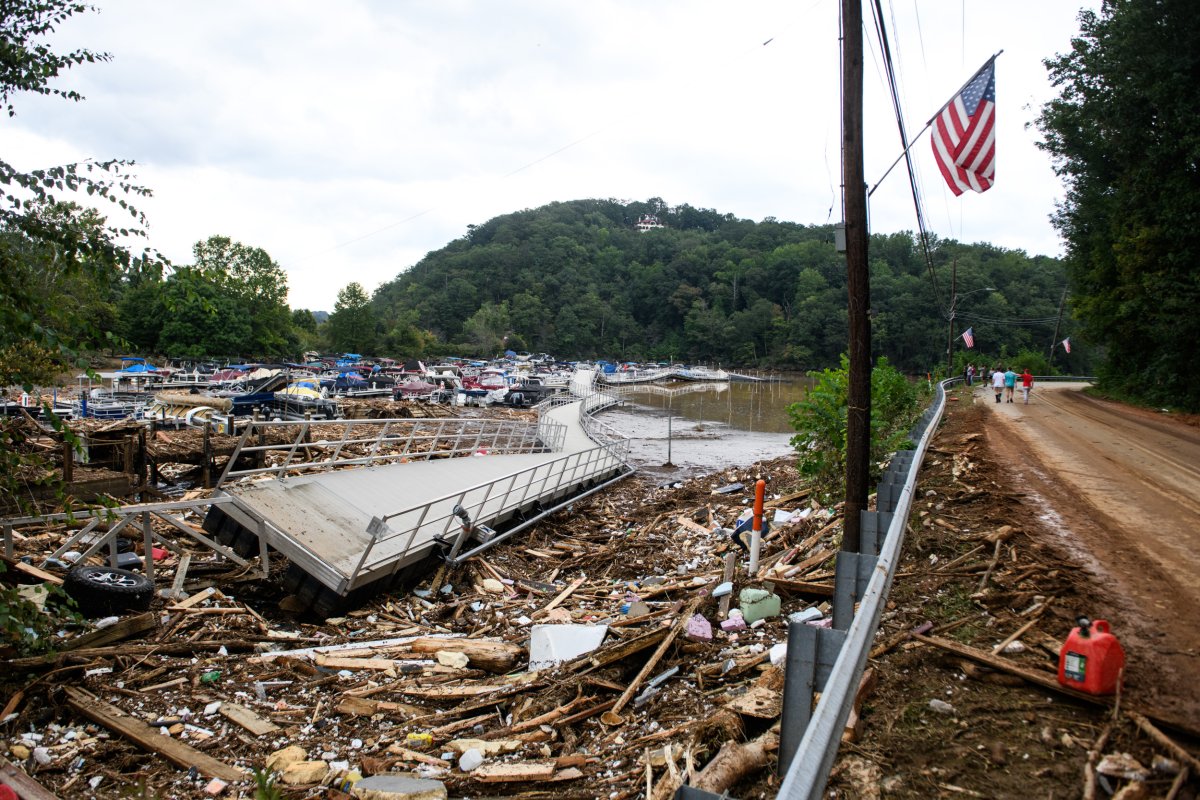Climate change has amplified the strength of Atlantic hurricanes by an average of 18 miles per hour in the last six years.
Warmer waters are fueling more storms with vastly increased wind speeds. Between 2019 and 2023, 40 hurricanes saw wind increases sufficient to elevate them by at least one category on the Saffir-Simpson hurricane intensity scale, according to the study published in the journal Environmental Research: Climate.
Three hurricanes, including this month's Rafael, experienced a substantial speed boost caused by climate change, which moved them up two categories.
A Category 5 hurricane, the most severe on the scale, inflicts more than 400 times the damage of a Category 1 storm, according to the National Oceanic and Atmospheric Administration (NOAA).
"We know that the intensity of these storms is causing a lot more catastrophic damage in general," said Daniel Gifford, a climate scientist at Climate Central and lead author of the study. "Damages do scale (up) with the intensity."

How Warmer Oceans Fuel Hurricanes
This study focused on storm trends over the last six years and incorporated data on 2024 hurricanes, which showed heightened wind speeds attributed to climate change.
The researchers found two Category 5 hurricanes this year would not have reached that intensity without human-induced warming.
Atlantic Ocean temperatures have risen by 2 to 3 degrees Fahrenheit due to climate change, with some areas experiencing increases of up to 4 degrees.
Hurricanes derive their energy from warm waters. As water vapor condenses into raindrops in the hurricane's core, it releases latent heat, which fuels the upward motion of air. The warmer the water, the more vapor is produced, creating more heat and sustaining the storm's energy.
This warming trend has created an environment conducive to stronger storms.
The study quantified the influence of climate change by analyzing potential intensity—a calculation that determines the maximum possible speed of storms under specific environmental conditions.

Case Studies: Hurricanes Humberto, Zeta, and Rafael
Gifford explained that the research used simulations to compare storm data against a hypothetical scenario without human-caused warming.
The difference in outcomes stresses the impact of greenhouse gas emissions, primarily from burning coal, oil, and natural gas.
Since 2019, eight hurricanes, including Humberto, Zeta, and Rafael, exhibited wind speed increases of at least 25 mph. Gifford noted that 85 percent of storms during this period bore a climate change "fingerprint."
The NOAA says the effects of these stronger storms compound. Hurricane Milton, for example, generated an uptick in associated tornadoes earlier this year.
NOAA chief Rick Spinrad spoke of the broader consequences at the United Nations climate talks in Baku, Azerbaijan.
"The change is going to manifest in terms of what we're already seeing," said Spinrad.
"You look at Hurricane Helene, which was massive, 500 miles across. We're going to see changes in terms of the velocity of these storms."

What Scientists Say About Hurricane Trends
This year's three most destructive storms—Beryl, Helene, and Milton—saw wind increases ranging from 16 mph to 24 mph, which can be attributed to climate change.
Previous studies have said that climate change has made hurricanes operate with greater intensity—building faster but moving slower, which causes even more rain to be dumped.
A World Weather Attribution report corroborated some of these findings, with estimates for Hurricane Helene's wind speed increase aligning closely.
Kerry Emanuel, a leading expert and MIT meteorology professor, concurred. He says these findings align with decades of their own research, showing patterns of increased storm strength that he predicted would happen 37 years ago.
This article includes reporting from The Associated Press.




















 English (US) ·
English (US) ·